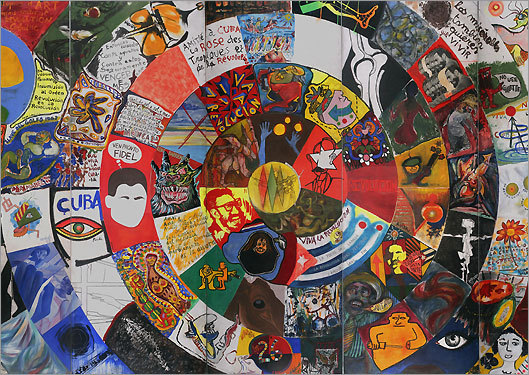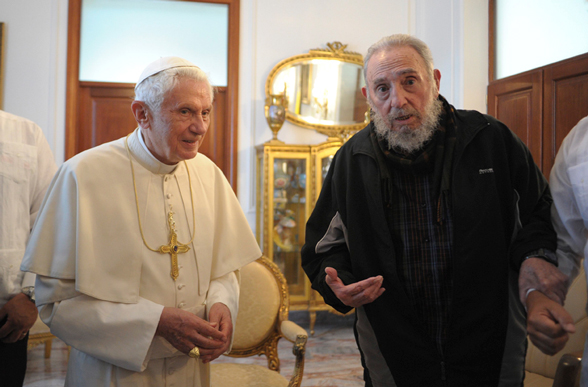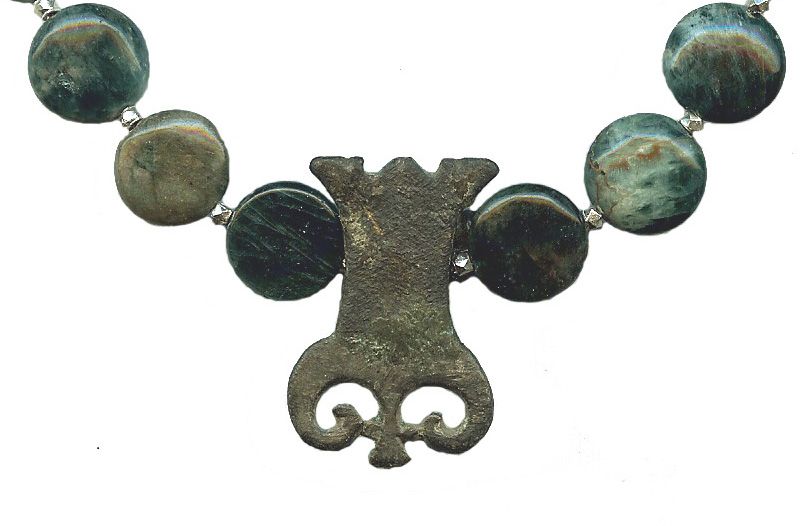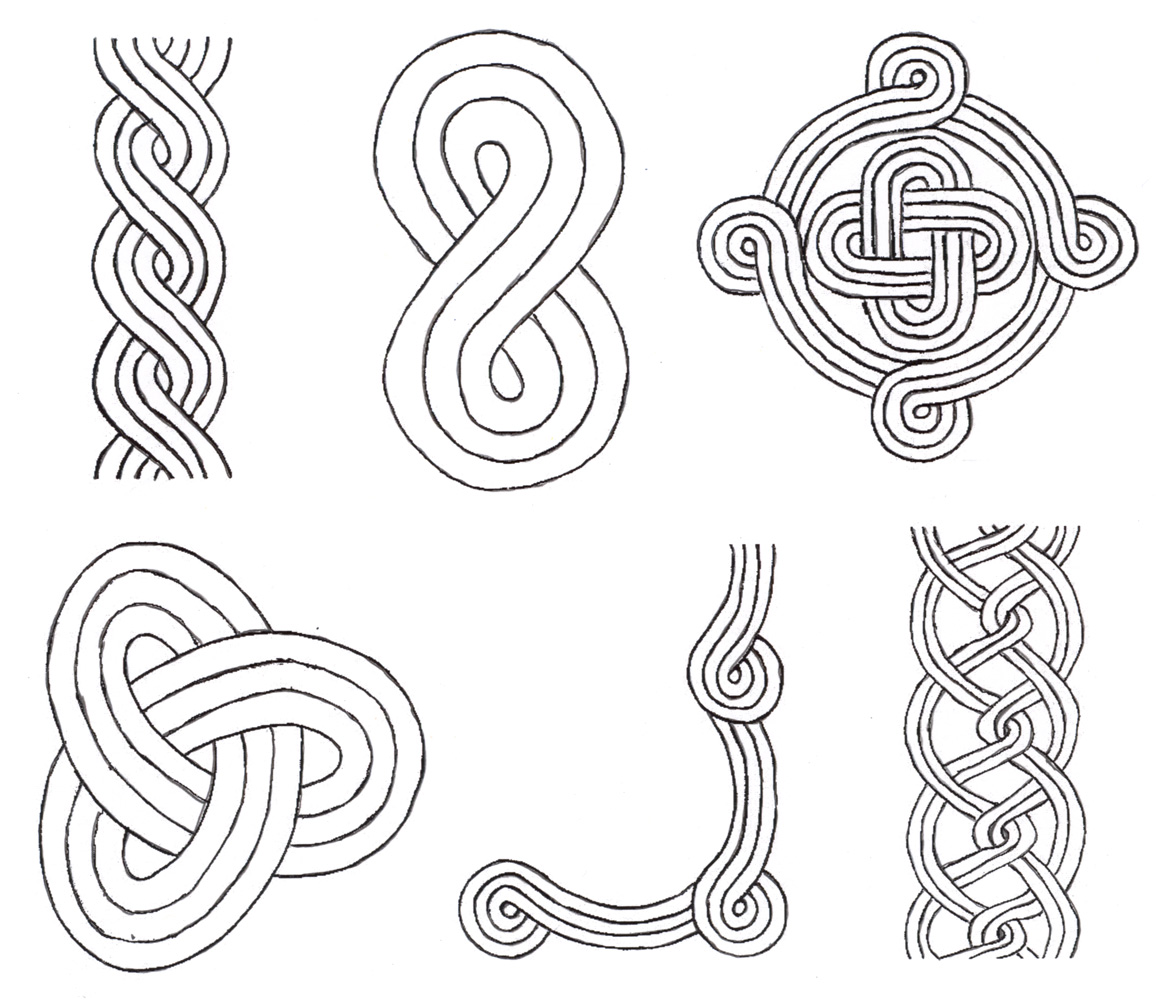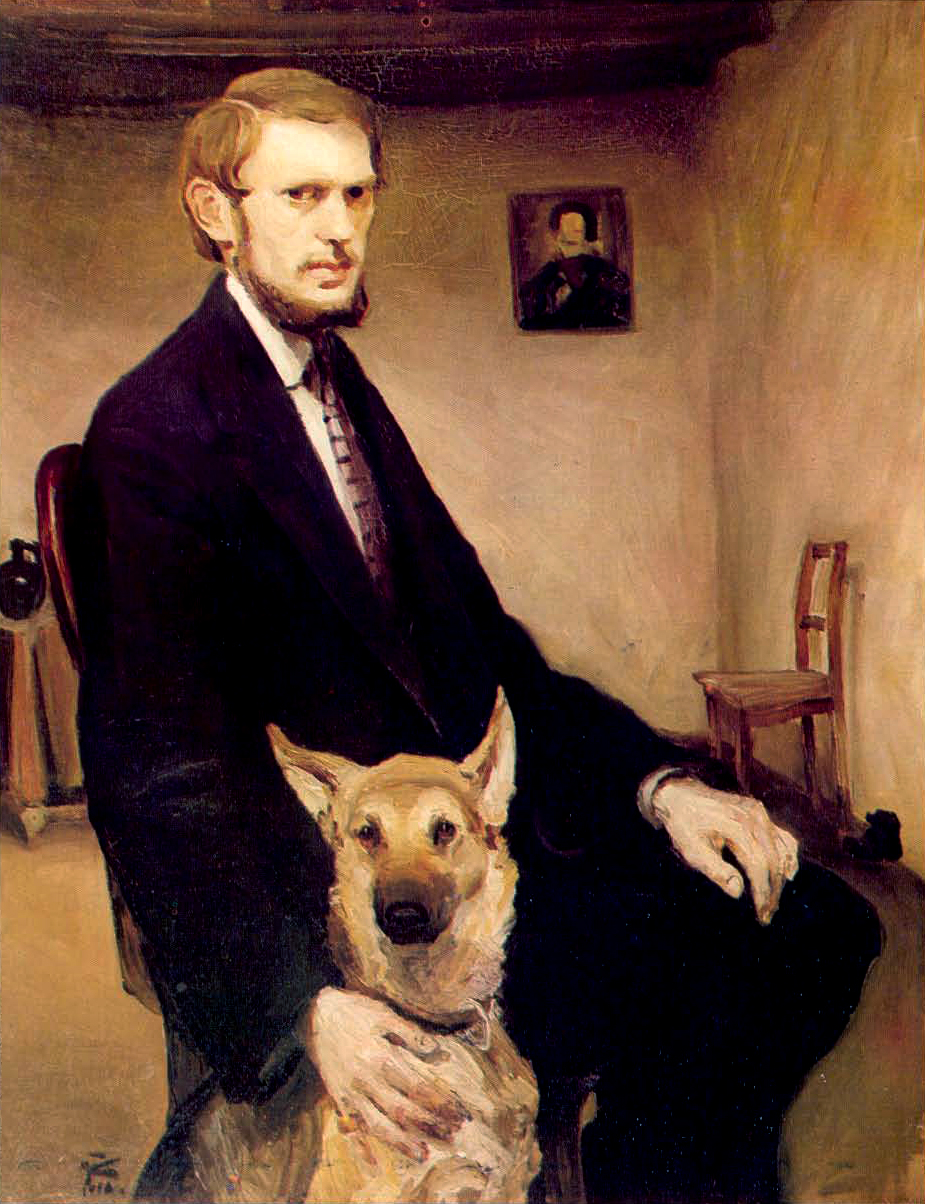For my entire life, Cuba
has always been a land of various random reoccurrences popping up occasionally.
It’s always been the symbol of the forbidden island, its connection to such
names as Fidel and Raúl Castro and Che Guevara, and the incident known as the
Cuban Missile Crisis (which ended on my birthday, although I wasn’t born yet).
When I was in high school, I played the part of Sarah Brown in Guys and Dolls, and in the play they
went to Havana where she drank a “Cuban milkshake.” When I was pregnant with my
daughter, one of my favorite college professors gave me a CD of Afro-Cuban
music that I absolutely love and still play today. And of course, not to mention one of my favorites: the Cuba
Libre. And about a month ago, Diana Nyad just swam from Cuba to Florida without
a shark cage. But what is it about
Cuba that keeps people interested in this place we are moderately discouraged
from going to?

Called El Cocodrilo
(“the crocodile” – after the shape of the island), Cuba is the largest island
in the Caribbean, surrounded by the Florida Keys (the US) to the north, the
Bahamas to the northeast, Turks and Caicos Islands to the east, Haiti to the
southeast, Jamaica and Cayman Islands to the south, and Mexico to the
southwest. It’s believed that Cuba got its name from the Taíno word roughly
meaning “the land where everything is abundant.” Some historical linguists
believe the island may have been named by Christopher Columbus, and believing
that if he was truly Portuguese, it may have been named after an ancient city
in Portugal.

The first European to
land on Cuba was none other than Christopher Columbus, who landed there on my birthday
(October 28), in 1492 and claimed the island for Spain. (Again, my birthday must be some
magical day in Cuban history.) Pretty much the Spanish wiped out the indigenous
peoples who were there. If the Taíno
people survived the smallpox epidemic that killed scores, then the measles
epidemic wiped out the remaining few.
Later sugarcane
plantations began to be established which brought in African slaves to work the
fields. During the 1860s, Cuban farmers (many of whom freed their slaves to
join the fight, along with a couple thousand Cuban Chinese as well) began to
rebel against the government to declare their independence. They did gain
autonomy, but it didn’t stop conflict fighting between the Cubans and the
Spanish, and even the US tried to get involve as well. The US did try several
futile times to buy the island. Because of the US involvement, it led to the
Spanish-American War. By signing the Treaty of Paris in 1898, the US basically
“won” Puerto Rico, Cuba, the Philippines, and Guam from the Spanish. And four
years later, Cuba finally was granted its independence from the US. However, a
small portion of the island was kept as American soil: Guantánamo Bay, which is
now most famous as a naval base and a controversial prison for those being held
on terrorist charges.
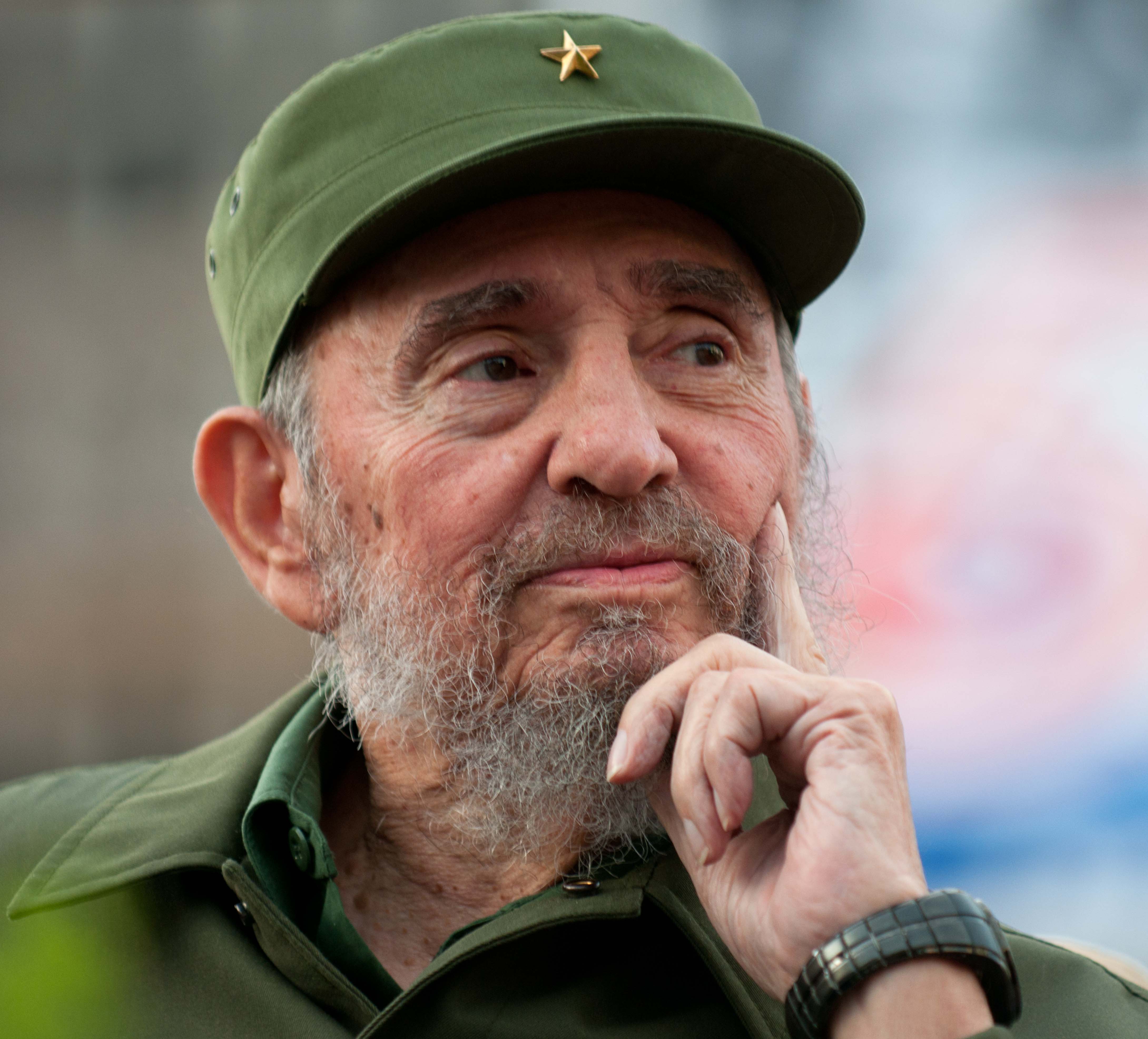
During the late 1950s,
Fidel Castro and other rebels overtook the government, eventually leading to a
communist government, one of the last remaining established
socialist-leaning-toward-communism countries (the others being Laos, Vietnam,
and China). The US gave direction
to train refugees to go back to overthrow the Castro regime, and this invasion
became known as the Bay of Pigs, which failed. Fidel Castro was known for his
friendship with Che Guevara, an Argentine revolutionary to arrived to help and
lead. As a means of retaliation for this invasion and that the US also put
missiles in Turkey aimed at Moscow, Cuba and the Soviet Union joined together.
The Russians had proposed to keep long-range missiles in Cuba aimed at the US
to deter any more invasions. This became known as the Cuban Missile Crisis,
which resolved itself in two weeks time. Several years ago, Fidel Castro
stepped down and handed over the presidency to his brother Raúl.
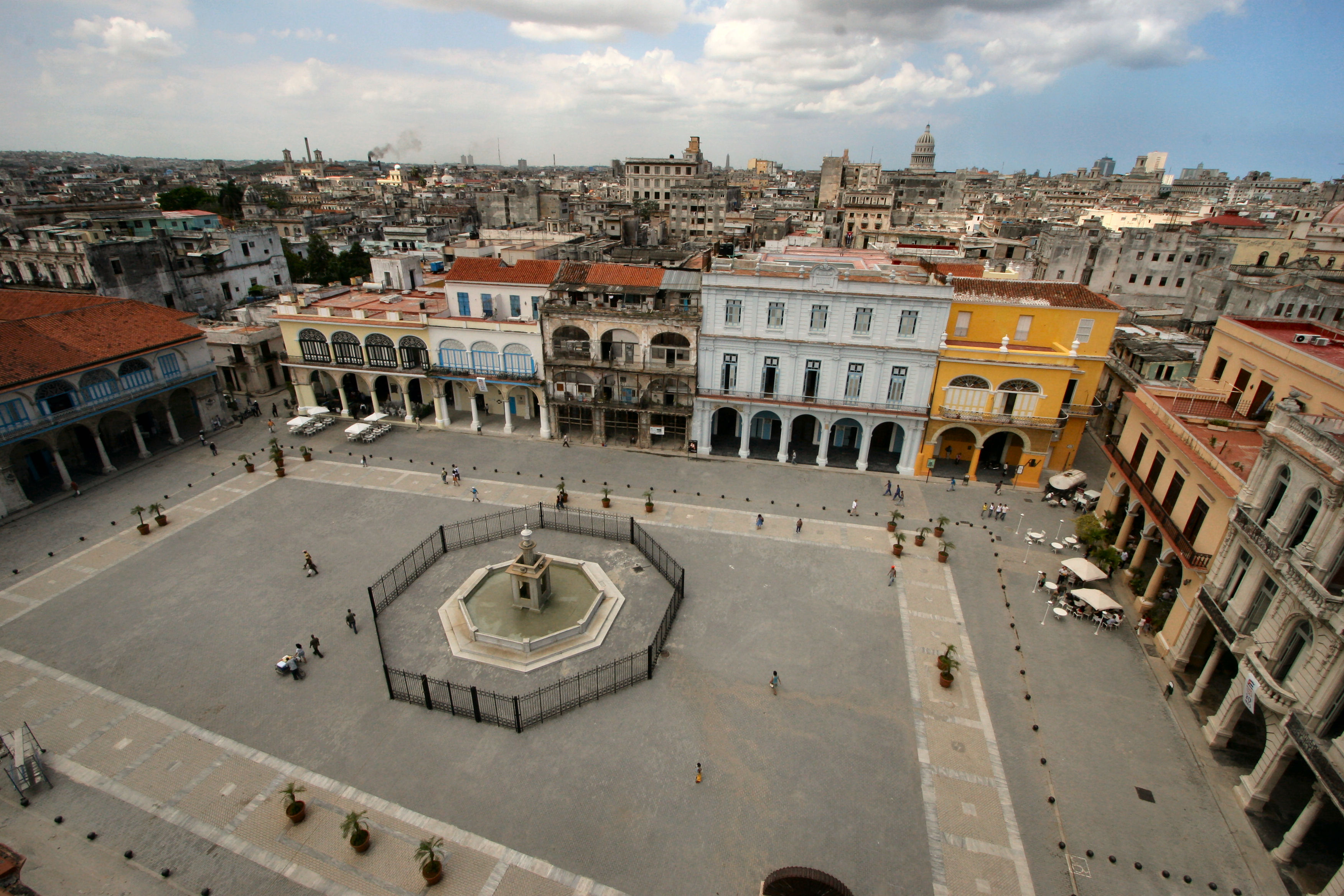
The capital city is
Havana, or known in Spanish as La Habana. On the northwest shore of the island,
Havana has roughly 2.1 million people – a little larger than Houston, Texas
(US). It’s known for its wide variety of classic European architecture, from
neoclassicism, baroque, and colonial to the modern styles of art deco and
eclectic styles. Havana is also home to some of Cuba’s oldest cigar factories
which produce some of the most-coveted cigars around the world.
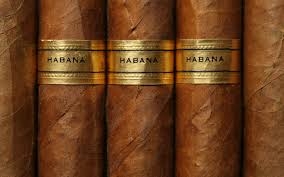
Cuba’s economy is based
mostly on a state-controlled planned economy. Cuban families have what’s called a libreta, or a rations
booklet. It basically tells them what kinds of food and how much they are
allowed to get, and you can only purchase the food items at specific bodegas. There are minor adjustments for young
children, elderly, and pregnant women. Some items may not be available and
often items were delayed. It’s been estimated that these rations only cover
about 1/3 to 1/2 of the average family’s food need. (Minus the adjustments for elderly
people, it reminds me of how the WIC program is set up in Chicago.) Of course,
there are black market food marts: unlicensed vendors selling and bartering
food directly to people. This, of course, is illegal and harshly dealt with.
Cuba imports roughly 80% of the food that is used in these rations programs. Their
major exports include sugar, nickel (number two in the world, after Russia),
cobalt (number five in the world), tobacco, fish, medical products, citrus, and
coffee.

The vast majority of
Cubans speak Spanish, and the country boasts a 99.8% literacy rate. Because of
the large number of African immigrants living in Cuba, the Lucuni language (a
dialect of the west African language Yoruba) is used most often in Santería
practices. Because of its proximity to Haiti, Haitian Creole is also spoken in
Cuba as well in some communities. Introduced by the Spanish, Roman Catholicism
remains the most practiced religion, although there is a sizable number of
people who practice other folk religions, such as Santería (an indigenous
religion brought over from African – namely Nigeria – and merged with the
Catholicism that was forced upon them).
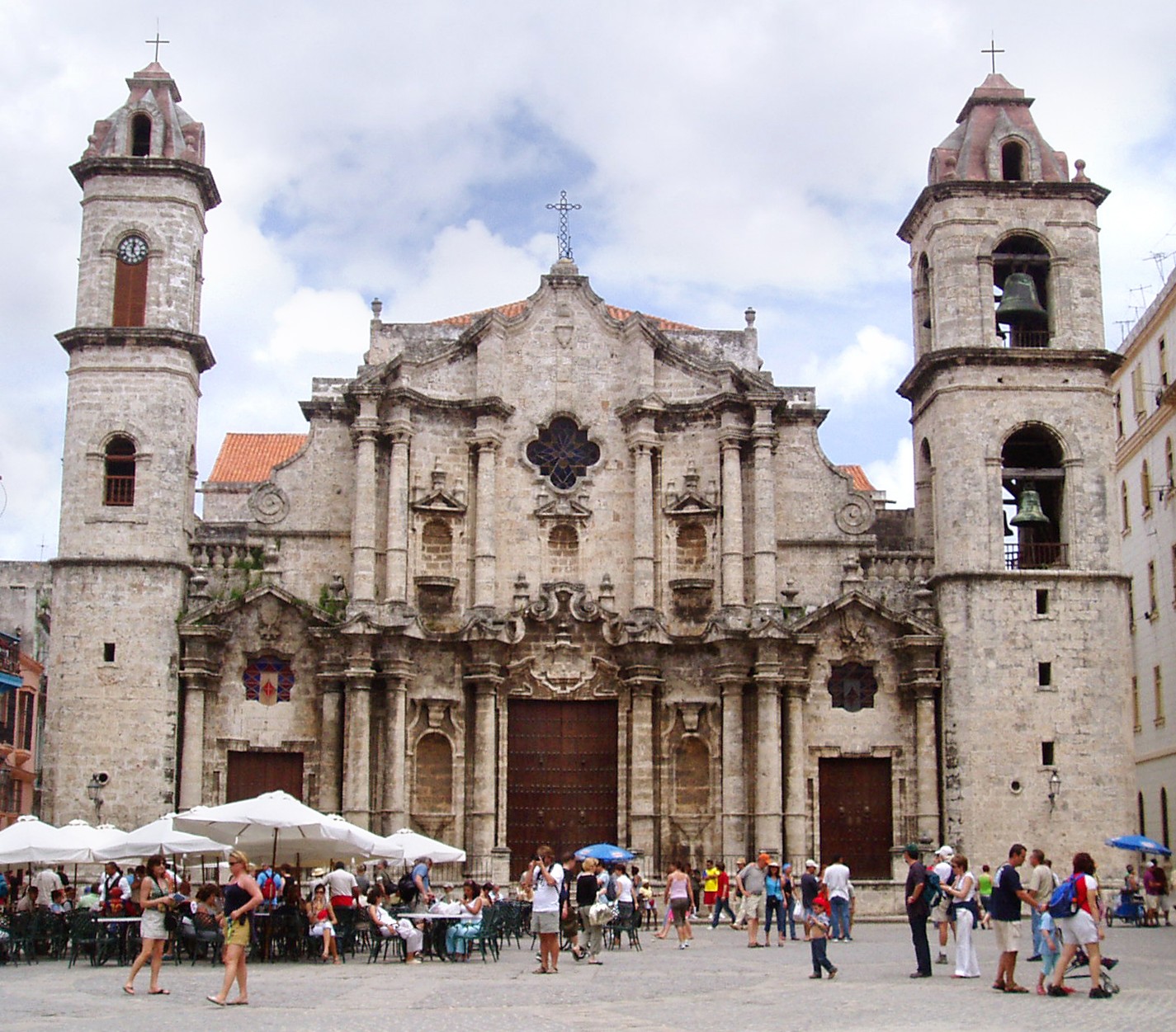
Healthcare in Cuba has
often been discussed in this controversial topic. Even as a socialist-communist
state, Cuba’s healthcare competes well above other countries in the Americas.
The government pushed that universal healthcare be a priority, and after years
of building up this system, Cuba now has the highest doctor-to-population ratio
in the world, so much so that they send doctors elsewhere to work as well. Life
expectancy is up, and infant mortality is down. They produce all of their own pharmaceutical drugs in their
country, so there’s no need to import them. Even though it’s free or
inexpensive for the citizens to go see a doctor or go to the hospital, there
are plenty of challenges: facilities and equipment not quite up to par, low pay
of doctors, and often delays on getting essential medications (even though they
make it themselves).

The food is a fusion of
African, Spanish, and Caribbean influences. And of course, I’m probably going
to probably be playing bartender as well: mojitos, daiquiris, and Cuba Libres
galore. I’m very excited to research Cuba while listening to Cuban music for
the next week.
Up next: holidays and
celebrations






